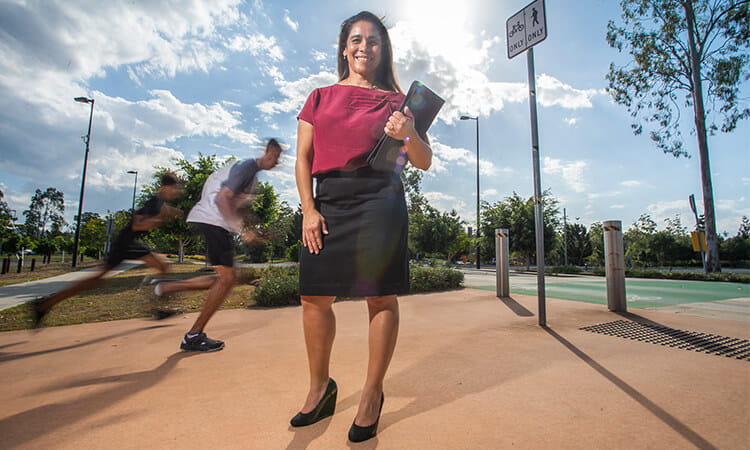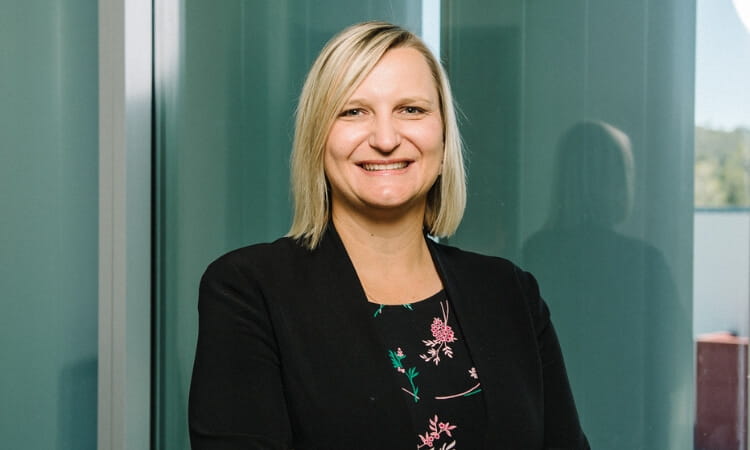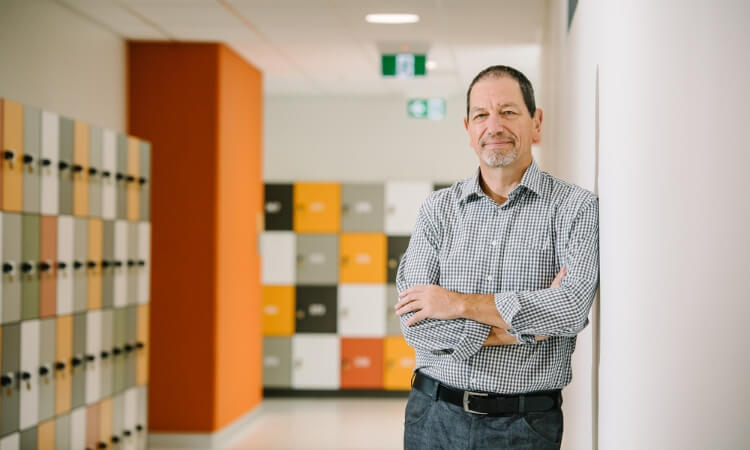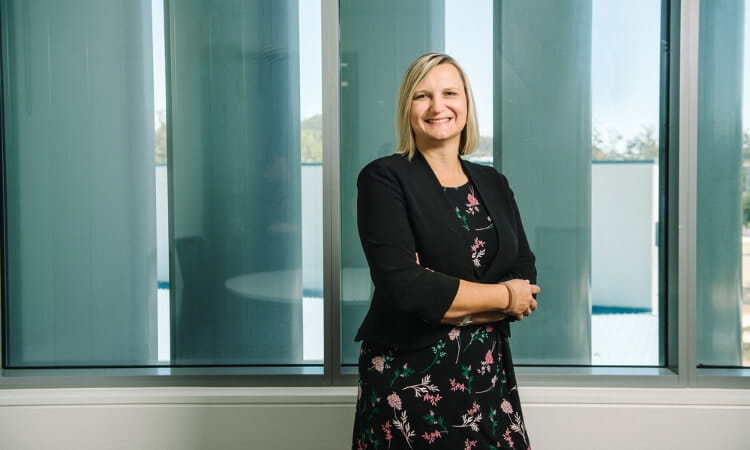Engaging in active transport and using public transport can enable individuals to increase their habitual levels of physical activity and achieve health benefits.
However, nine out of 10 trips in Toowoomba are made with a private vehicle despite the average distance being less than 5km.
The dependence on private vehicles for transport in Toowoomba is higher than in Greater Brisbane and the Sunshine Coast.
It’s a problem physical activity and public health researcher Associate Professor Tracy Kolbe Alexander is geared up to fix as part of the University of Southern Queensland’s Healthy Towns project.
Funded by Toowoomba and Surat Basin Enterprise and conducted in partnership with the Safer Toowoomba Regional Partnerships’ Obesity Prevention Focus Group, the Toowoomba Region and the Our Voice network, the aim of the project was to give citizens a voice and advocate for healthy walkable and cycling communities.
“Engaging the community as citizen scientists provide them with an opportunity to advocate for meaningful improvements in their neighbourhoods,” project lead Associate Professor Kolbe-Alexander said.
Ten children from Oakey, aged 10-12, and 10 adults who lived or worked in Toowoomba CBD joined the project as ‘citizen scientists’.
Participants laced up their shoes or set off on taking photos of things that help or hinder walking in their community
Oakey primary school students Annabell Washington, Denvah Henry, and Toowoomba CBD workers Robin Waldie and Kate Thornton presented their findings to the Regional Active and Public Transport Advisory Committee (RAPTAC) last week.
Associate Professor Kolbe-Alexander said there were many themes and suggestions that emerged from the findings that could lead to more physical activity and healthier communities.
They included:
(From the children)
• Safety of crossings and additional crossings to parks and schools.
• More artwork that celebrated their culture and noted that graffiti ‘is sometimes rude and can make our town look bad’.
• Bubblers to have cold water.
• Toilets in the parks to be unlocked and clean.
• They noted that some areas had no pavements, which left them feeling unsafe when walking or cycling to places.
• They pointed out that some roads and paths were cracked, which could lead to falls and injuries.
(From the workers)
• Safety of crossings and noted that some signs like ‘Beware: Pedestrians give way to vehicles’ were confusing.
• More consistent signs and clearly marked crossings.
• More native gardens.
• They noted that Toowoomba’s artwork, sculptures and gardens were positive, making walking more pleasant.
• Move the eight-hour parking closer to the CBD, especially from South Toowoomba
• Improved maintenance of the paths.
• Toilets in the parks to be unlocked, clean, working and clearly marked.
Toowoomba Regional Council Infrastructure Services portfolio leader and RAPTAC chair Cr Melissa Taylor said Council appreciated the time and effort the citizen scientists and Oakey school students had committed to their research.
“I also thank everyone involved from the University of Southern Queensland and the other partners for designing the project that offered participants the tools and scope to record their findings,” Cr Taylor said.
“These citizen scientists and the students were ideally placed to know the best ways to travel safely on foot or by bike in their respective communities.
“My fellow RAPTAC members appreciate the work that has informed the research and look forward to discovering findings and ideas that could influence Council’s future planning.
“We are all committed to using the best ideas to encourage more people to travel by bike or on foot for their daily commute and recreation.”



